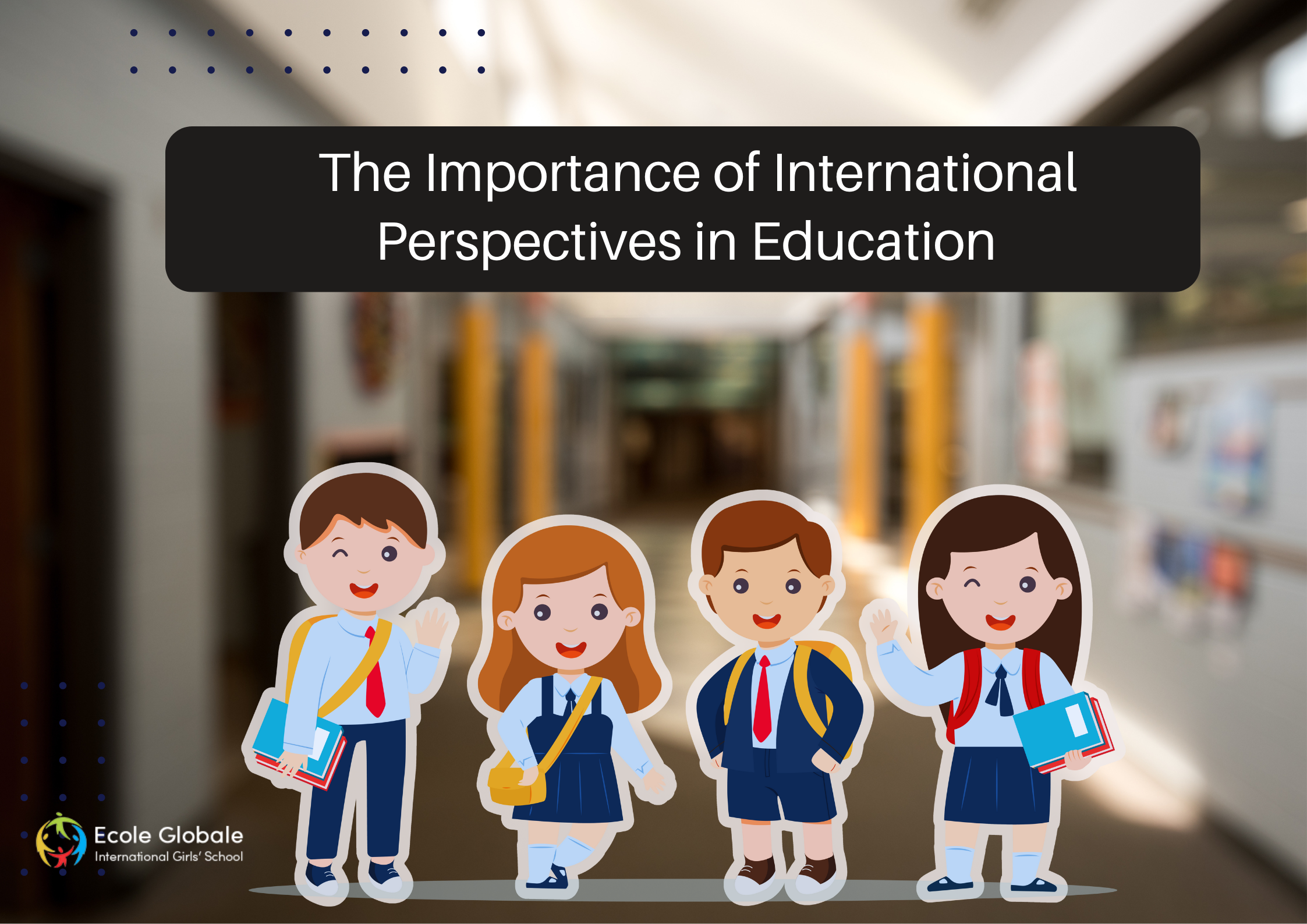In today’s interconnected world, the importance of international perspectives in education cannot be overstated. As societies become increasingly diverse and globalized, it is crucial for students to develop a broad understanding of the world and to appreciate the perspectives of others. This article explores the many ways in which incorporating international perspectives into education can enrich the learning experience and prepare students for success in an increasingly globalized society.
Enhancing Cultural Awareness
One of the key benefits of incorporating international perspectives into education is the opportunity it provides for students to enhance their cultural awareness. By learning about different cultures, students are able to develop empathy and understanding towards people from diverse backgrounds. This can help to break down stereotypes and foster a greater sense of inclusivity and acceptance in the classroom and beyond.
Experiencing diverse cultures through education can also help students to develop a greater appreciation for the richness and diversity of the world around them. By exposing students to different cultural traditions, practices, and perspectives, educators can help to broaden their horizons and open their minds to new ways of thinking and being.
Broadening Educational Horizons

In addition to enhancing cultural awareness, incorporating international perspectives into education can also help to broaden students’ educational horizons. By exposing students to varied educational systems and methods from around the world, educators can help to expand their understanding of what is possible in education.
For example, students may learn about the Finnish education system, which is known for its focus on creativity and innovation, or the Japanese education system, which places a strong emphasis on discipline and hard work. By learning about these different approaches to education, students can gain a greater appreciation for the diversity of educational practices and ideas.
Global Competence and International Perspectives in Education
In today’s globalized economy, it is more important than ever for students to develop global competence and cross-cultural communication skills. By incorporating international perspectives into education, educators can help to prepare students for success in a globalized workforce.
One way that international perspectives can enhance students’ career readiness is by helping them to acquire language skills. By learning a second language, students can improve their communication abilities and enhance their employability in an increasingly globalized job market.
Addressing Global Challenges
In addition to preparing students for the workforce, incorporating international perspectives into education can also help to address global challenges. By exposing students to global issues such as climate change, poverty, and inequality, educators can help to inspire them to become global citizens and take action to make the world a better place.
For example, students may learn about the United Nations Sustainable Development Goals and how they can contribute to achieving these goals through their actions and choices. By empowering students to think globally and act locally, educators can help to create a generation of change-makers who are committed to building a more sustainable and equitable world.
Overcoming Barriers and Challenges
While there are many benefits to incorporating international perspectives into education, there are also challenges that must be overcome. One of the main challenges is the language barrier, as not all students may have the opportunity to learn a second language.
Another challenge is the logistical and administrative hurdles involved in implementing international perspectives into the curriculum. This may include finding resources and materials in multiple languages, as well as ensuring that educators are adequately trained to teach about different cultures and perspectives.
Conclusion
The importance of international perspectives in education cannot be overstated. By incorporating international perspectives into education, educators can help to enhance students’ cultural awareness, broaden their educational horizons, and prepare them for success in an increasingly globalized society.
While there are challenges involved in incorporating international perspectives into education, the benefits far outweigh the costs. By empowering students to think globally and act locally, educators can help to create a generation of global citizens who are committed to building a more sustainable and equitable world.
By prioritizing international perspectives in education, we can help to ensure that all students have the opportunity to develop the skills and knowledge they need to succeed in an interconnected world.











